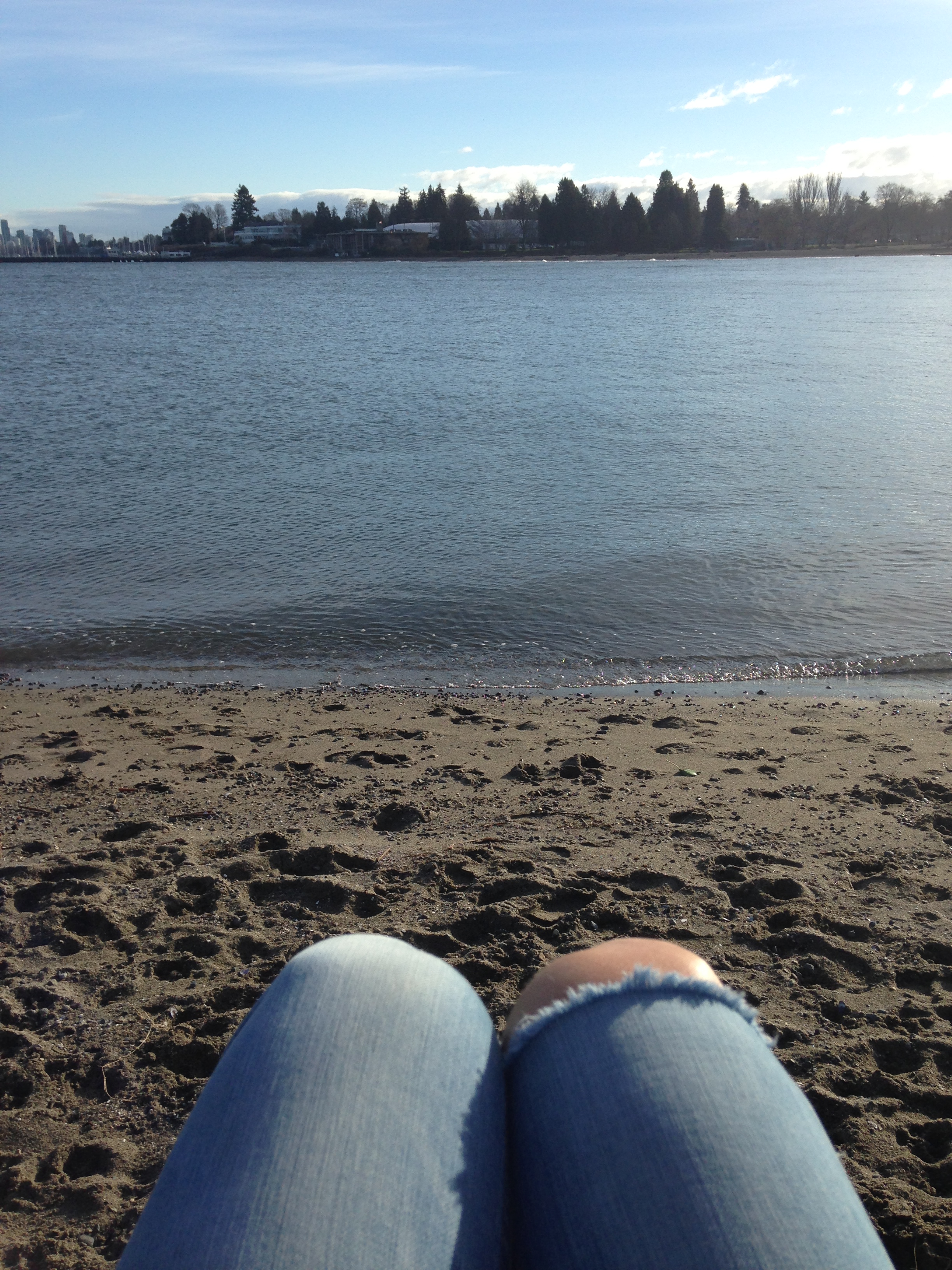My relationship with trust is a complicated one. In life, I generally fall back on the sentiment that ‘whatever’s meant to be, will be’. But my instinct is to protect before I trust. To protect my energy from burn out. To protect my ego from judgment. To protect my happiness from disappointment. Not wanting to feel affected if things don't work out as I may have hoped, I constantly temper my expectations. I rarely fall into the ease of trust. Not allowing myself certain expectations or hopes, because on a deeper level, I don't want to become tied to the outcome. Wanting to be okay with however my life ends up playing out, I choose to avoid the vulnerability of trust.
Trust doesn’t come that easily to me. It’s something I have to remind myself to ease in to. On a slow day in practice, trust that my practice will grow. When any little symptom pops up, trust that the body can heal. When I don't feel connected to anyone, trust that the right person will come along when the timing is right. When I feel hurt by someone, trust that most things aren’t personal. When I struggle with making a decision, trust that the answers will come. I mostly exercise trust, as a tool to dispel the tension I feel around something. Trusting the process is an ease that often takes effort.
I had one of those moments the other day at spin class when oxygen deprivation kicks in and the daydream zone strikes. I asked myself what I most wanted to trust. What came up? …that I am capable. I was surprised how quickly that answer popped up. I think there’s a lot of doubt subconsciously around my capacity, and I tend to favor a safer route. There’s a lot of things I hold back on, mostly from a place of fearing burn out. A place where I have been, and no longer felt like myself; a place I dread. I want to trust that I am able to push, that I am resilient, and that I can thrive.
This mostly comes up for me around career and sport. I want to push to take on big goals, but in the last few years, I have had a big block around that. My justification for holding back was that I felt I needed to rest and recover, but I know that the fear of burn out and not feeling like myself was in that tangled mess. On a subconscious level, I had stopped trusting my capability and capacity.
Lucky for us, we have the privilege of choosing our thoughts. We can catch ourselves, and alter our instinctive thought patterns. We can choose trust, and a feeling of ease when tension starts taking over. Mindfully evaluating where our behaviors are driven by fear, and where our attempts to protect ourselves are no longer serving us. We can only know the balance between fear and trust by constantly checking in and re-evaluating what we allow to propel us. We need a healthy amount of both fear and trust, but a state of trust propels the confidence to progress and grow. So… I’m going to choose to trust more this month and see what happens. BIG THINGS! Hah ;)










